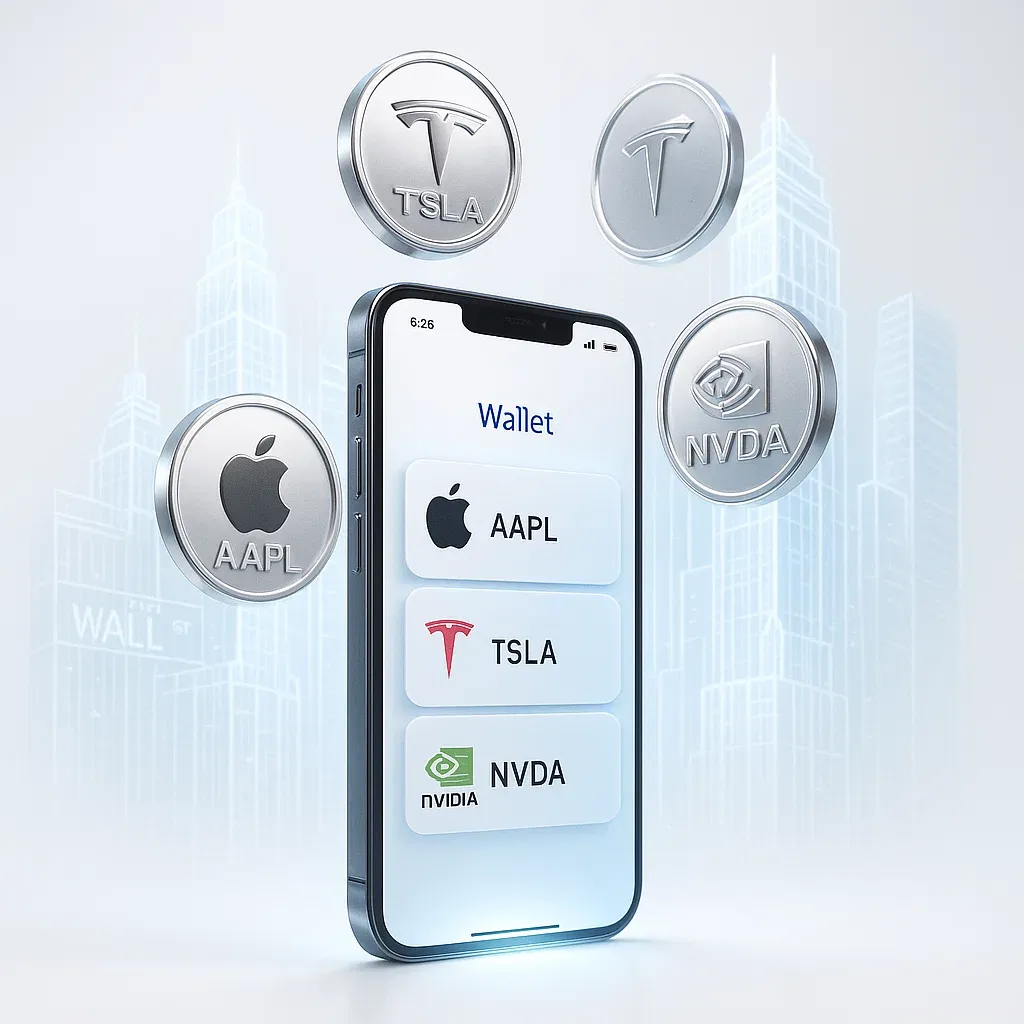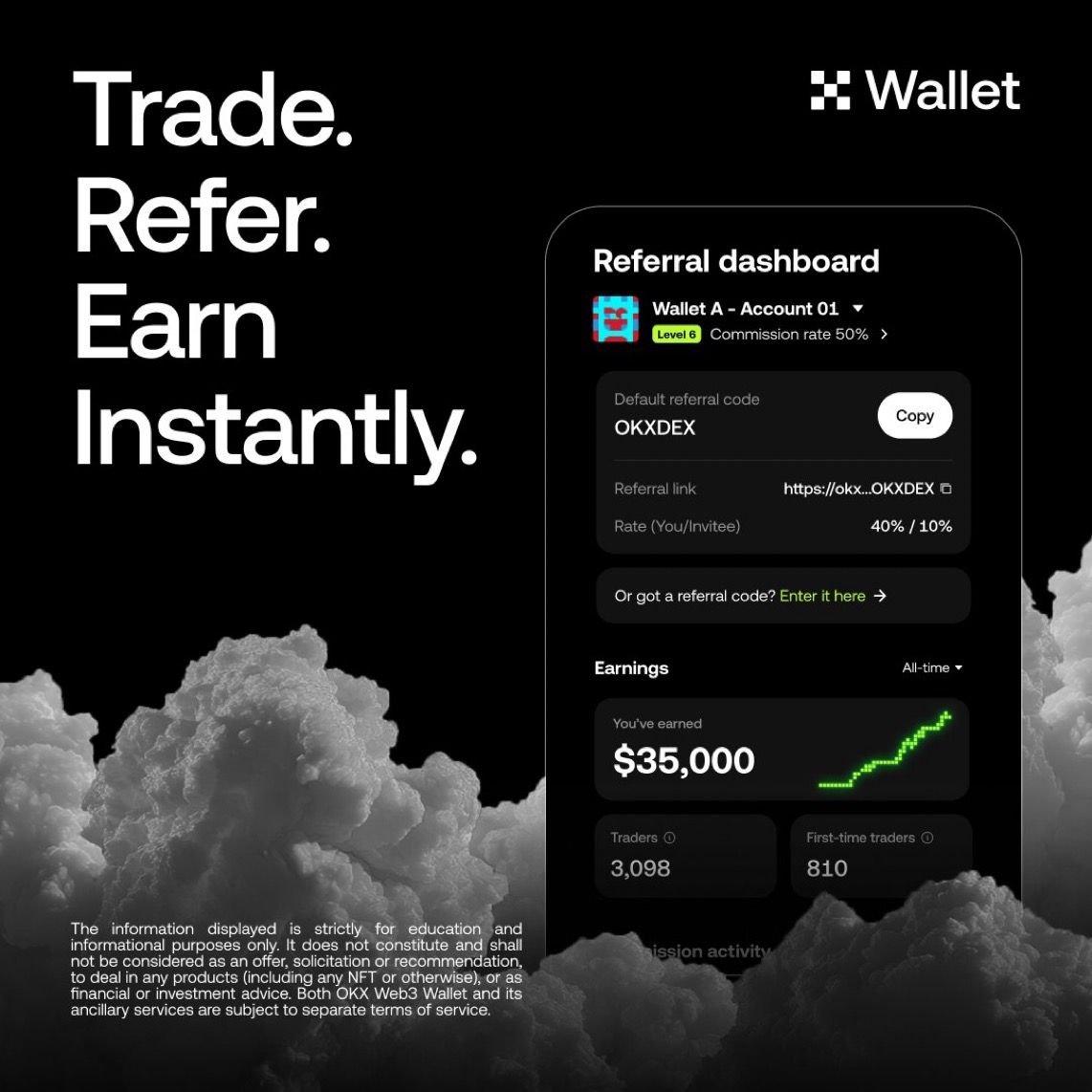The Path to Web3 Mass Adoption: Overcoming Blockchain’s UX Challenges
🌐 The UX Overhaul Blockchain Needs to Reach a Billion Users
Blockchain and Web3 technologies offer a future of decentralization, security, and financial sovereignty. However, mass adoption remains out of reach—largely due to poor user experience (UX). While interoperability has made strides, moving assets across chains is still too complicated for both casual users and institutions.
🔄 The State of Cross-Chain Interoperability in 2024
According to the Cross-Chain Interoperability Report 2024, blockchain adoption faces high friction when users try to navigate different ecosystems. Despite advancements in interoperability protocols, users still encounter fragmented experiences, hindering seamless asset movement.
Key Market Trends and Challenges
- Liquidity Growth: The total value locked (TVL) across 43 interoperability protocols reached $8 billion in October 2024.
- Active Users: Circle CCTP and IBC lead with 1.5 million+ monthly active users.
- Expanding Networks: IBC connects 117 chains, while LayerZero connects 93 chains.
- Security Concerns: Blockchain exploits have resulted in over $1.28 billion in losses since July 2021.
Despite technical progress, blockchain still requires excessive user effort. Unlike Web2 apps—where processes are invisible—Web3 forces users to manually approve transactions, switch wallets, and track actions across multiple chains. This complexity limits adoption beyond the crypto-native audience.
🚧 The UX Barriers to Web3 Adoption
One of the biggest UX challenges in Web3 is wallet fragmentation. In Web2, a single login gives access to multiple services, but in Web3, users must manage multiple wallets for different chains. This is not intuitive and makes Web3 feel cumbersome.
Another major issue is security. From July 2021 to August 2024, $2.7 billion was lost due to cross-chain bridge exploits—a significant deterrent for users wary of hacks or irreversible mistakes.
To overcome these hurdles, Web3 must enable seamless interoperability, allowing users to move assets and interact across chains without the need for constant wallet switching or manual approvals.
💡 Solver-Based Bridging: A New UX Approach
An emerging solution to Web3’s UX dilemma is intent-centric or solver-based bridging protocols. These protocols bring chain abstraction, allowing users to specify their desired action, while automated solvers handle the transaction.
For example, if a user wants to swap ETH on Ethereum for USDC on Solana, a solver-based protocol automatically determines the best route, secures approvals, and executes the transaction—eliminating manual errors and reducing friction.
🛠️ Making Blockchain’s Backend Invisible: Chain Abstraction and ZKPs
To achieve mass adoption, Web3 needs to hide its complexity from users. Chain abstraction enables seamless interactions with dApps without requiring blockchain infrastructure knowledge. Meanwhile, zero-knowledge proofs (ZKPs) improve privacy by allowing users to verify information without revealing sensitive data.
Together, these technologies remove the need for network switching, manual bridging, and token standard management, simplifying the user experience.
🌟 The Future of Web3 UX: Adoption Through Simplicity
For years, Web3 has prioritized scalability, security, and interoperability. Now, the focus needs to shift to user experience. Technologies like solver-based bridging, chain abstraction, and ZKPs are making blockchain interactions more intuitive—bringing Web3 closer to the simplicity we know from Web2.
The most successful technologies are the ones users don’t even realize they’re using. If blockchain wants to reach a billion users, it needs to offer an experience where people engage with Web3 effortlessly—without thinking about it.
⚡ TL;DR
- Poor UX is one of the major barriers to blockchain adoption.
- Cross-chain interoperability has improved, but wallet fragmentation and security risks still complicate the user experience.
- Solver-based bridging and chain abstraction are helping to simplify blockchain transactions.
- Zero-knowledge proofs (ZKPs) ensure privacy while removing complexity.
- For mass adoption, Web3 must make its UX as intuitive as Web2—so users can engage without thinking about the technology behind it.

Recent News
All Time High • Live
Have questions or want to collaborate? Reach us at: info@ath.live











